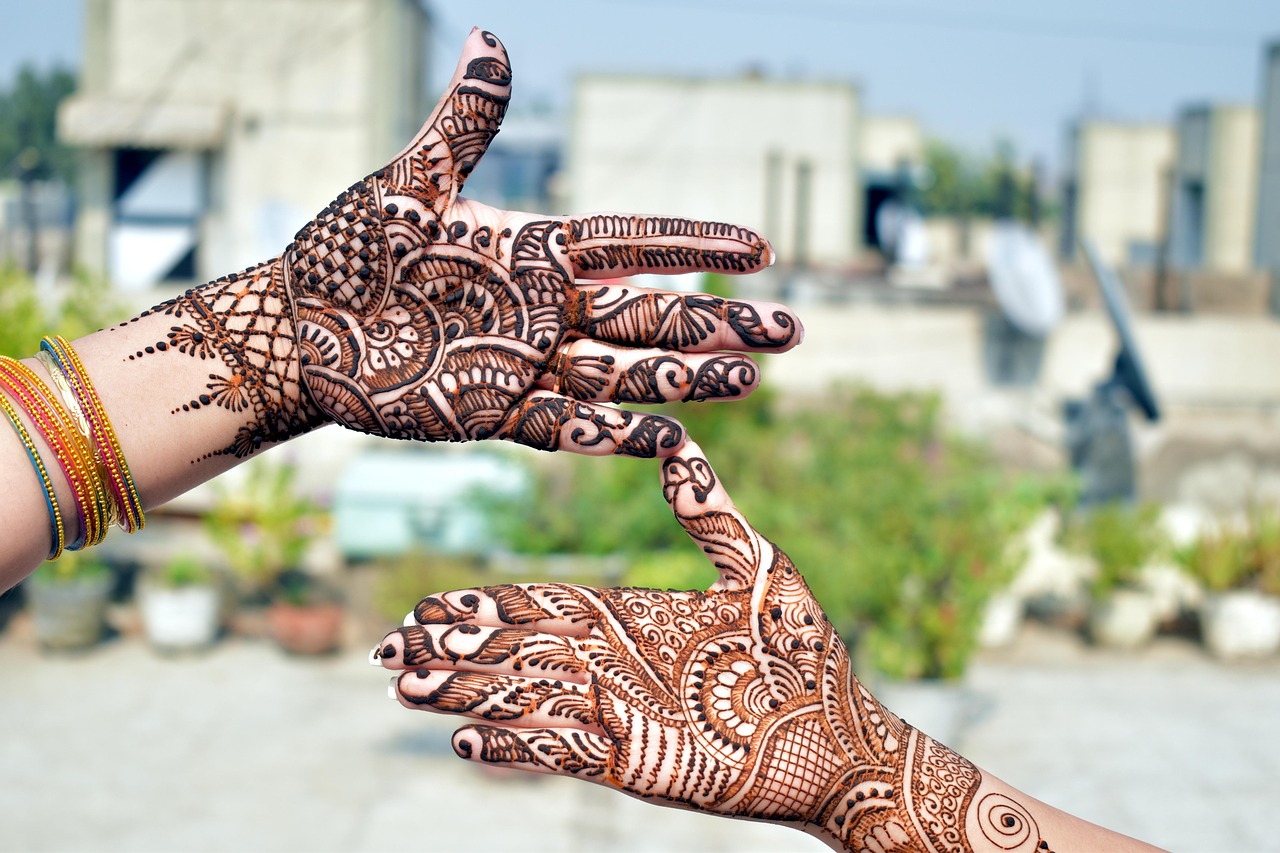Master the Art of Mehndi with These Top Mehndi Tips Design Ideas
Mehndi, also known as henna, is an essential part of traditional ceremonies and celebrations worldwide. Beautiful mehndi designs not only enhance a personâs look but also reflect cultural richness. For those passionate about creating stunning mehndi patterns, learning practical mehndi tips and design tricks can make all the difference. In this blog, weâll explore some expert tips and design techniques to elevate your mehndi application skills.
Key Aspect of Mehndi Tips Design: Achieving the Perfect Consistency
The foundation of an intricate mehndi design lies in the right consistency of the paste. A smooth and lump-free mehndi paste ensures flawless application, allowing you to create clean, elegant patterns without breaks.
How Do You Make Mehndi Paste Smooth?
To achieve a fine mehndi consistency, always sift the henna powder before mixing it with water or essential oils. Let the paste rest for at least 6-8 hours so the dye releases perfectly. Pro tip: Add sugar and a few drops of eucalyptus oil for added smoothness and better skin adherence.
External Information – Fact
According to professional henna artists, using freshly-made henna paste enhances stain quality and ensures long-lasting designs. This is because dye release weakens over time in old or stale paste.
Another Key Insight: Designing Symmetrical Patterns
One of the most challenging aspects of mehndi design is creating perfectly symmetrical patterns, especially when drawing freehand. Symmetry makes designs look professional and aesthetically pleasing.
What Is the Best Way to Achieve Symmetry in Mehndi Designs?
To maintain symmetry, start with a light pencil outline on the skin to frame your design. Focus on drawing dots or small guiding lines before connecting them into larger shapes. Repeating simple patterns such as flowers, leaves, or paisley patterns can also help maintain balance.
External Information – Case Study
A professional mehndi artist, Sunita Mehta, shares that practicing symmetrical designs on paper before applying on skin improves precision and confidence. This method is particularly useful for beginners.
Additional Useful Insight: Enhancing the Color Intensity
One of the most frequently asked questions about mehndi application is how to achieve deep and rich stain colors, as they symbolize prosperity and beauty in many cultures.
How Can I Make My Mehndi Color Darker?
After applying mehndi, avoid washing it off with water too soon. Instead, scrape off dried henna after 6-8 hours and apply a mix of lemon juice and sugar to the design periodically while it dries. Additionally, keep hands warm to promote the staining process.
External Information – Expert Tip
Expert mehndi artist Sarah Ahmed advises using natural elements like cloves or steam to darken mehndi designs. “Hold your hands above warm clove smoke after removing dried hennaâit enhances color naturally,” she says in her professional guide to mehndi art.
Conclusion
Perfecting your mehndi application requires practice and a solid understanding of key techniques like consistency, symmetry, and color preservation. By following these mehndi tips design tricks, you can take your creations to the next level and leave a lasting impression. Ready to enhance your skills? Share this article with your friends or bookmark it for your next mehndi session. For more style and design insights, make sure to subscribe to our blog!
